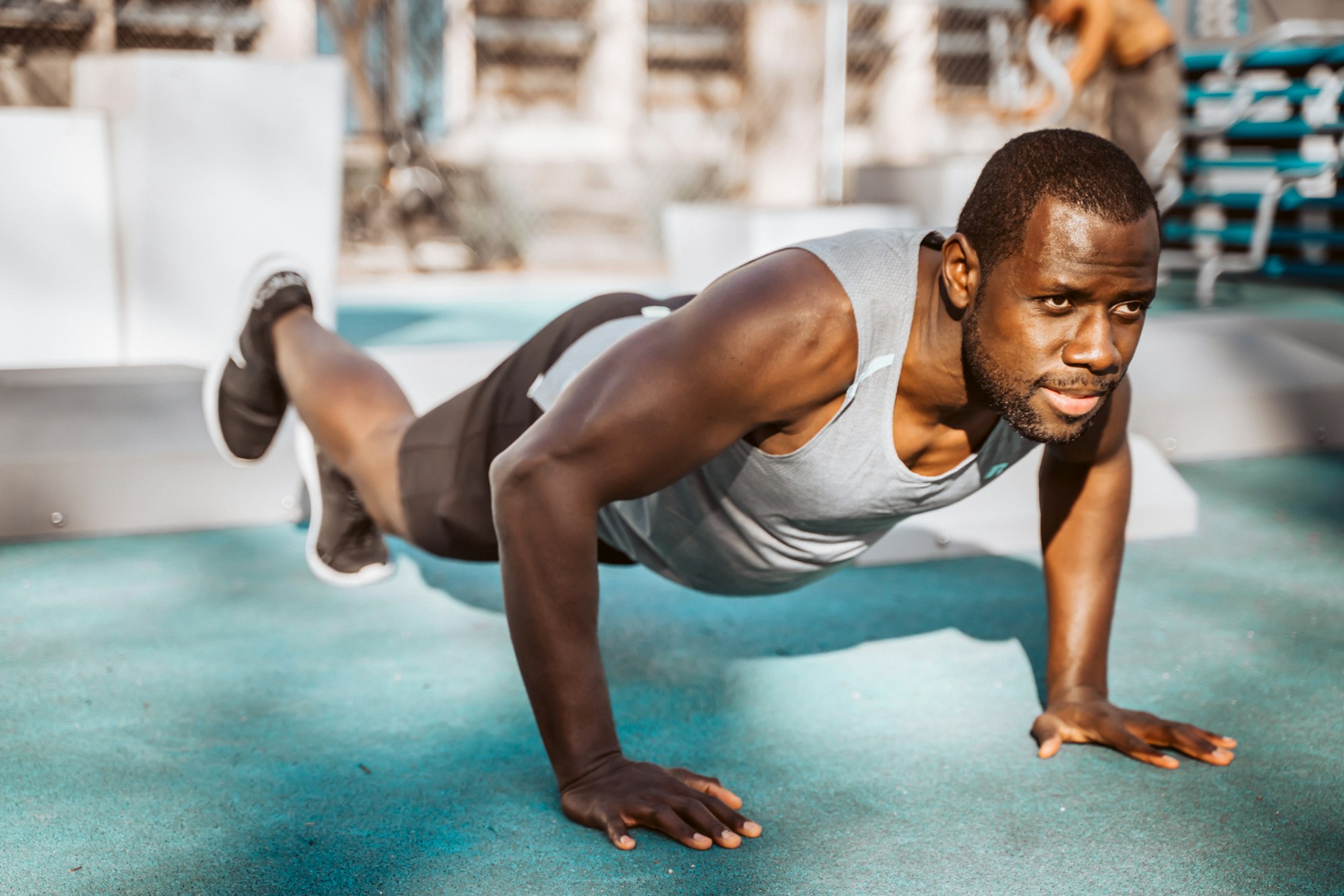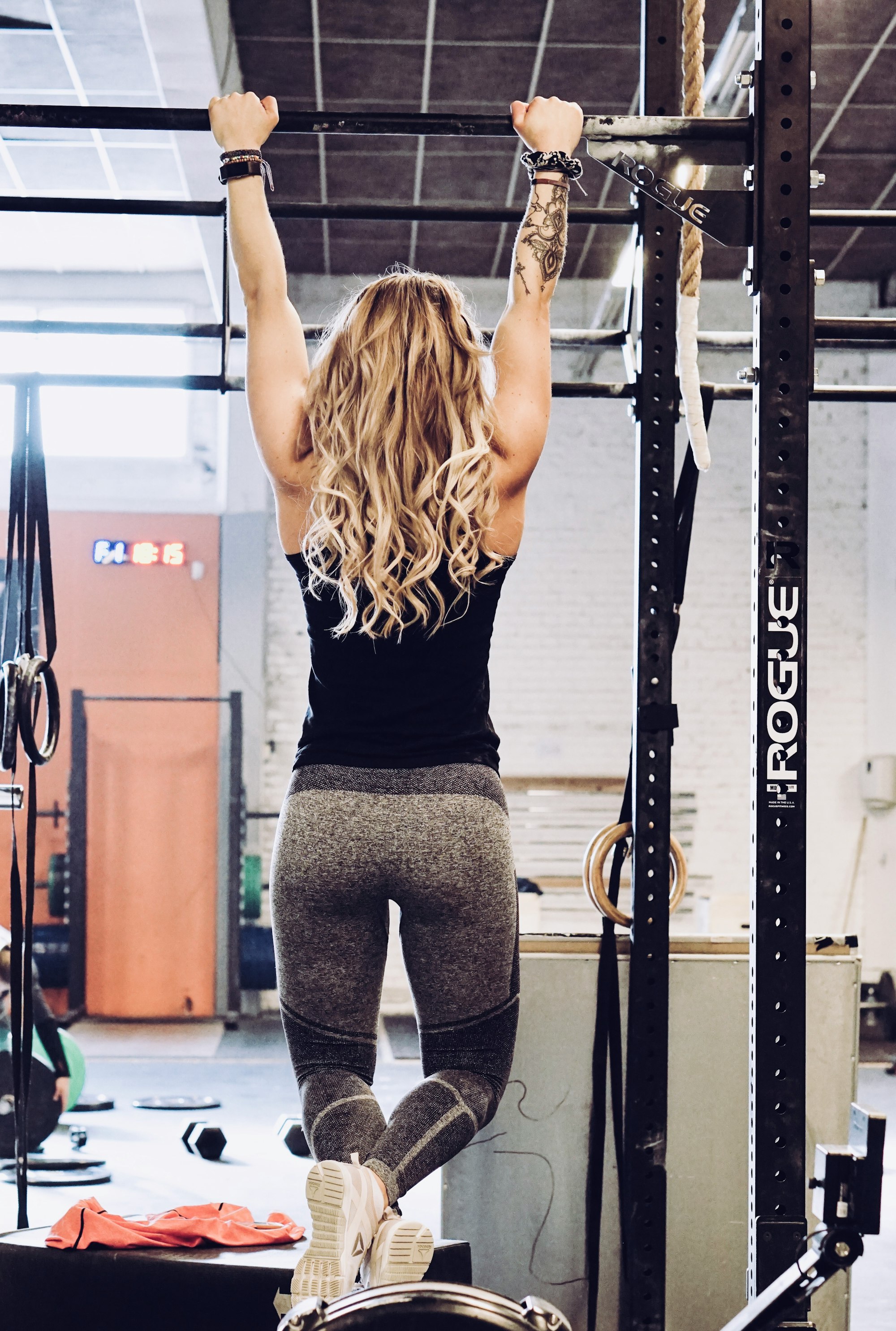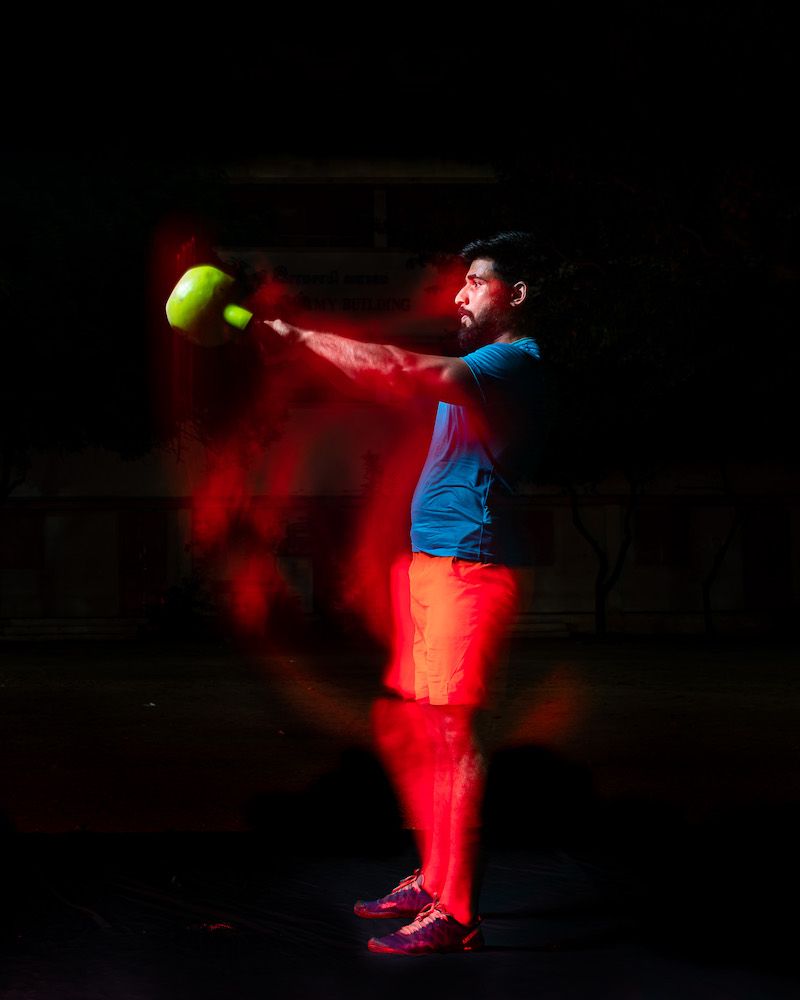Resistance training
Strength is the foundation of everything. Whatever your sport/activity of choice is, getting StrongEnough will help you excel in it. Whether it is long-distance running or playing a racquet sport or practicing a martial art - the stronger you are, the more you can do.
To get stronger, resistance is required. Resistance can be in the form of your own bodyweight. Or it can be in the form of machines. Or in the form of iron. My preferred modalities, explained here, is a combination of kettlebell and bodyweight. The kettlebell comes in once you are able to master the fundamental movements using your bodyweight. What that means is you need to be able to squat without any external load before adding some.
To recap the "why kettlebells", in case you don't want to read the entire article, here it is:
- It is not too heavy i.e. you do not need to work with massive weights or work on your absolute strength. Absolute strength is one aspect of strength training and not the best form for beginners. Even for expert lifters, it is totally fine to work on absolute strength for a couple of years before moving away from it.
- Lifting heavy requires a lot of recovery work, including sleep. Most of us do not get adequate sleep.
- When you are StrongEnough, kettlebell ballistics will do more than enough to compensate for the lack of crazy high loads.
- For a minimalist who is looking for one tool to do the job, the kettlebell is unbeatable.
- It is suitable for a beginner and an expert.
Where do you start?
Pavel reintroduced the kettlebell to the world about 20 years ago. The Quad popularised the kettlebell in India about 11 years ago. And in the last 5 years, the kettlebell has exploded in popularity and hit mainstream. When something hits mainstream, what happens is the amount of content and "Here's what you need to do" explodes. And this results in the inevitable confusion.
If you are the kind to read a book, buy Enter the Kettlebell. And do the training plan prescribed in there until you press half your bodyweight. It might take you a year or two but this is, in my opinion, the shortcut to all your fitness goals. If I could go back in time and tell my 25-year old self this, I would pay a lot of money for that ability to pass that message.
I think having a clear target is often the missing link - I was too much of a novice to understand that a half bodyweight press is a great direction and target to aim for, and work towards for a couple of years. What I might've found useful, and thus the point of this post, might have been to break that down into a few smaller milestones.
So, here you go. If you are looking at getting stronger, here are 3 milestones for you to aim for. As always, I will split this into push-pull-squat-hinge.
Push
You will work on two moves - the unilateral kettlebell overhead press and the pushup.
For the press, your milestones are:
Women
- Press the 12 kg for 5 reps
- Press the 16 kg for 5 reps
- Press the 20 kg for 5 reps
Men
- Press the 16 kg for 5 reps
- Press the 24 kg for 5 reps
- Press the 32 kg for 1 rep

For the pushup, your milestones are:
Women
- 2-minute plank
- 1 pushup
- 5 pushups
Men
- 2-minute plank
- 5 pushups
- 20 pushups
Pull
For the pull, we will use the pull-up. Your milestones are:
Women
- 30s hang
- 30s flexed hang
- 1 chin-up

Men
- 30s hang
- 30s flexed hang
- 1 pull-up
Squat
For the squat, we will use the goblet squat as the primary movement. Your milestones are:
Women
- Goblet squat 16 kg for 10 reps
- Goblet squat 24 kg for 10 reps
- single-sided squat 24 kg for 5 reps

Men
- Goblet squat 24 kg for 10 reps
- Goblet squat 32 kg for 10 reps
- single-sided squat 32 kg for 5 reps
Hinge
For the hinge, we will use the swing as the primary movement. Your milestones are
Women
- Two-arm swing with 16 kg for a set of 10
- Two-arm swing with 24 kg for a set of 10
- One-arm swing with 24 kg for a set of 10 per arm

Men
- Two-arm swing with 24 kg for a set of 10
- Two-arm swing with 32 kg for a set of 10
- One-arm swing with 32 kg for a set of 10 per arm
What next?
- Start your training. Every month (or every 2 weeks) you can test out each move.
- Do not skip steps. Only after you hit the first milestone should you contemplate the second, and so on.
- You can progress unevenly. For example, the press might move slower while the squat might move faster. That's okay.
- If you are on the lighter side of things (bodyweight), reduce all bell recommendations by 4 kilos. Do the same if you are over 50 years old.
- Start training, and set the appropriate milestone as your goal. Hit the goal!
- Enjoy!
